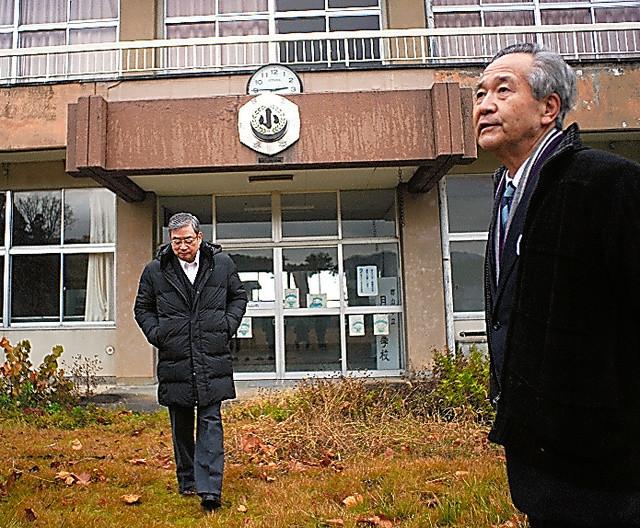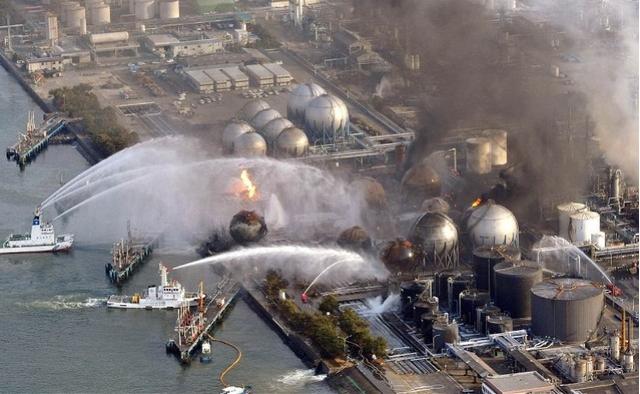According to Japan’s Asahi Shimbun, in mid-March 2011, after the accident at the Fukushima Daiichi nuclear power plant of Tokyo Electric Power Company, the city of Shimayama, about 60 kilometers away from the nuclear power plant, urgently formulated a plan to shelter 6,000 children. Neither the city’s citizens nor the council knew about the plan.
Asahi journalists, together with then mayor Masao Hara (77 years old) and education director Takao Kimura (74 years old), visited an abandoned school on the shore of Inoseyo Lake in mid-November this year.
Masao Hara recalled: “It was originally planned to move here to take refuge if the nuclear power plant exploded again.” “We shipped gas gas to the cooking room [at the time] to make at least hot meals,” Kimura said. He and the staff also cleaned up the snow on the campus and trimmed the weeds.

However, the Japanese government finally designated a shelter circle within 8 to 10 kilometers around the nuclear power plant.
Even so, the situation in Junshan City was still serious. At that time, about 24,000 houses in the area were completely or semi-destroyed due to the earthquake. On March 15, the city recorded 8.6 microsphra of radiation due to the explosion of the nuclear reactors of Units 1, 3 and 4 of the Fukushima Nuclear Power Plant. This is more than twice the asylum alert value subsequently given by the Japanese government. The self-defense team members sent put on protective clothing.
Masao Hara thought that for children who are more injured by radiation, “it may be too late when the country officially informs asylum”. Together with Takao Nagakimamura and others, he developed an asylum plan with confidentiality from the public and Parliament.
The place of refuge is in the Okuwa Mountains, which is about 20 kilometers away from the city. The radiation level is low. After reconnecting the water and electricity of five abandoned schools, they allocated about 60 buses to transport children.
At that time, there were about 13,000 students in grades 1 to 4 in Junshan City. However, the abandoned school can only hold 6,000 people. Masao Hara recalled: “This is the limit we can do at that time.”



